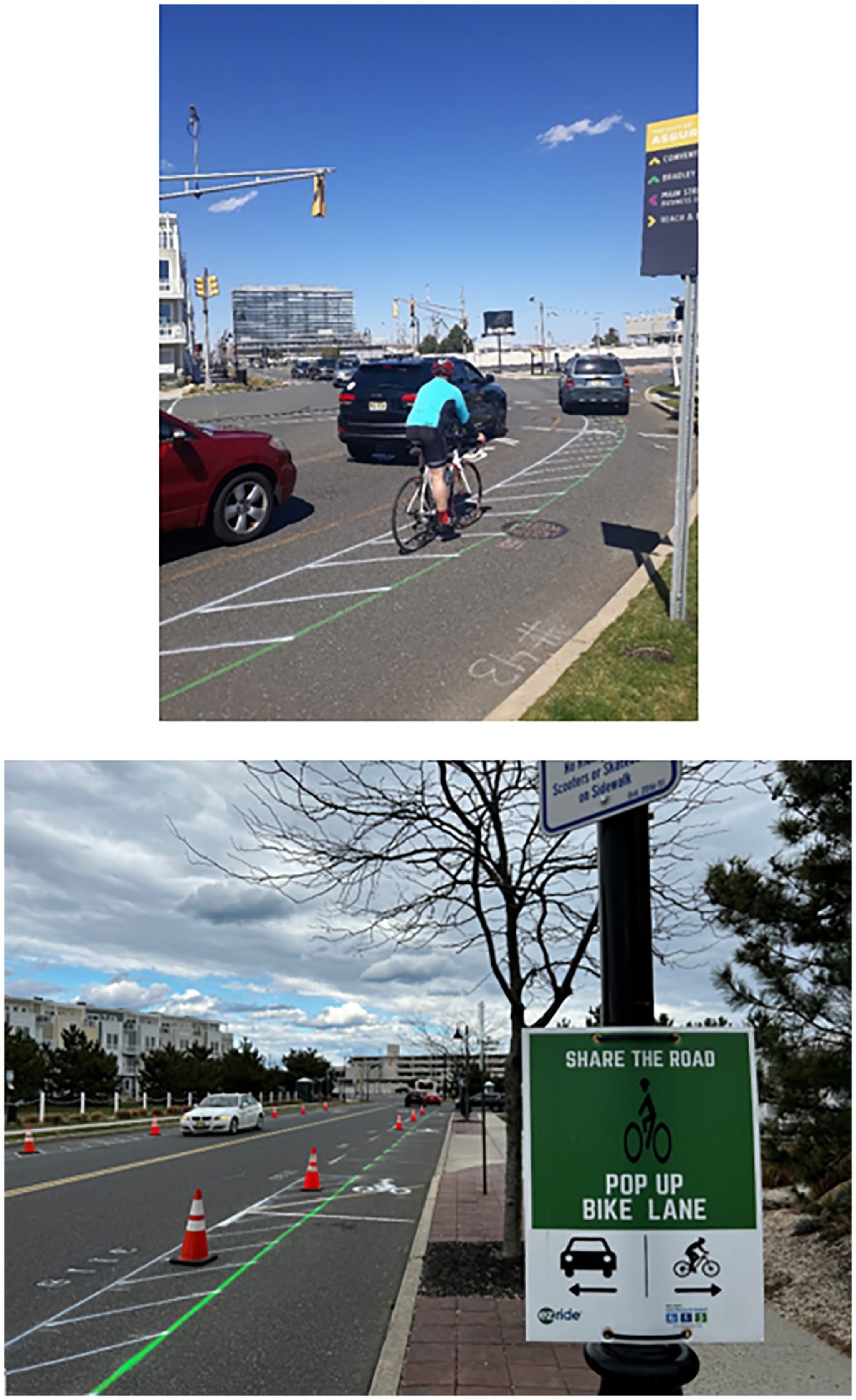Abstract
We analyze the effect of a bicycle lane on traffic speeds. Computer vision techniques are used to detect and classify the speed and trajectory of over 9,000 motor-vehicles at an intersection that was part of a pilot demonstration in which a bicycle lane was temporarily implemented. After controlling for direction, hourly traffic flow, and the behavior of the vehicle (i.e., free-flowing or stopped at a red light), we found that the effect of the delineator-protected bicycle lane (marked with traffic cones and plastic delineators) was associated with a 28 % reduction in average maximum speeds and a 21 % decrease in average speeds for vehicles turning right. For those going straight, a smaller reduction of up to 8 % was observed. Traffic moving perpendicular to the bicycle lane experienced no decrease in speeds. Painted-only bike lanes were also associated with a small speed reduction of 11–15 %, but solely for vehicles turning right. These findings suggest an important secondary benefit of bicycle lanes: by having a traffic calming effect, delineated bicycle lanes may decrease the risk and severity of crashes for pedestrians and other road users.
